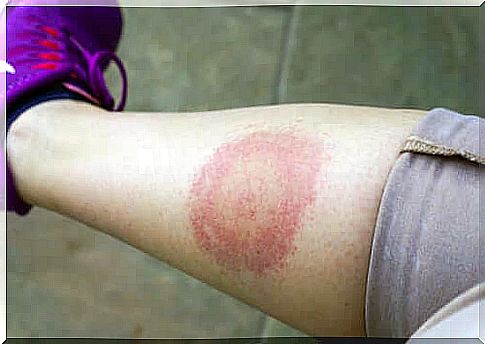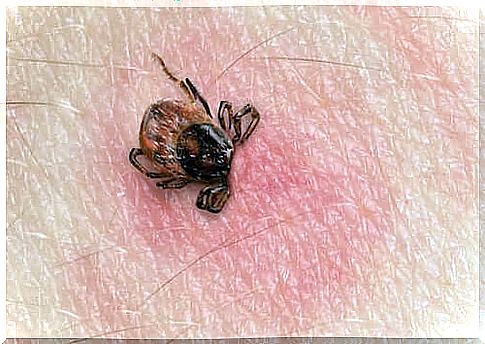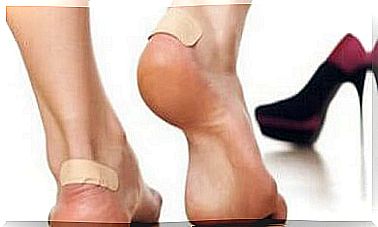Lyme Disease Treatment – What Is It About?

The disease of Lyme is an infection, which in the first place only causes redness on the skin. However, if left untreated, it can lead to serious complications. We will explain it to you.
Treatment of Lyme disease has been a milestone in recent years, as the pathology was first recognized in 1975. It is an infection with a bacterium of the Borrelia family transmitted by tick bites.
To contract this disorder, contact with these arthropods is necessary. It is more common in rural areas with a lot of forests or bushes. However, this does not mean that all ticks transmit Lyme disease.
If treatment is not started early, the consequences are serious neurological complications. In addition, medications vary depending on the age and severity of the disease. In this article, we explain everything you need to know about it.
Lyme disease – what is it manifested?
Before we talk about the treatment of Lyme disease, let’s roughly discuss what it is. As we already mentioned, this is an infection with bacteria transmitted by the bites of certain ticks.
After the bite, a small lump appears in this place, which disappears in the following days. Later, a skin rash usually appears and it spreads gradually. This rash does not itch or hurt, but it changes location (doctors call it “erythema migrans”).
In addition, many people experience general malaise, fever and headache. The problem is that complications develop even years after these symptoms have cleared.
Patients often experience joint pain, especially knee pain. There may also be meningitis, paralysis of one side of the face, or weakness in the limbs. In some cases, the heart rhythm changes or memory is impaired.

Tick bites resolve over time, but complications can take months to years.
How is Lyme disease treated?
Treatment of Lyme disease must be early as it is the most effective way to avoid all the complications we mentioned. Since it is a bacterial infection, the medications used are antibiotics.
Both the type of treatment chosen and the result obtained depend on the severity of the infection and the time of its detection. This is explained in a review article from a Colombian medical journal which states that when the disease is advanced, the outcome is usually not as satisfactory as in mild cases.
Treatment of early stage Lyme disease
When an infection is detected early, treatment may be administered orally. The most commonly used antibiotics are tetracyclines. Especially doxycycline. The dose used is 200 milligrams a day for 21 to 30 full days.
However, according to a study published in the journal Family Medicine, there are specific situations in which doxycycline cannot be used. For example, in children and pregnant women. In the case of children under the age of 9, it is recommended to use a different type of antibiotic, e.g. penicillin.
On the other hand, for pregnant or lactating women, the use of amoxicillin or cefuroxime is ideal. Recent publications suggest that treating Lyme disease in less than 21 days is also effective.
Treatment of Lyme disease in the late stages or in more severe cases
When the disease is diagnosed late and the lesions are already advanced, other drugs are used. Most often in such cases, doxycycline is used. The difference is that it should be done intravenously or over a long period of time as the infection settles in the tissues and multiplies.
The same thing happens when complications arise, especially in the central nervous system. For example, as we pointed out earlier, there may be times when you experience facial paralysis or meningitis. In such a situation, they should also include intravenous antibiotics.
The most commonly used medications for these complications are cephalosporins. Although the prognosis is good, treatment should be established as soon as possible. Even in those who are treated early, symptoms may persist over time.

The spread of Lyme disease by ticks is more common in camping areas in summer.
Early treatment to reduce complications
Treatment of Lyme disease should be started early as there is a high risk of neurological or joint complications. The drugs used are antibiotics.
Oral doxycycline is usually used when infections are detected early and symptoms are mild. However, in children and pregnant women, it is better to use penicillins such as amoxicillin. In the late stages, drugs should be administered intravenously.
The main thing is to prevent pathology. Avoid places with ticks, remove them from homes, and take precautions during summer vacations or camping. Simple measures reduce the risk of getting sick.









